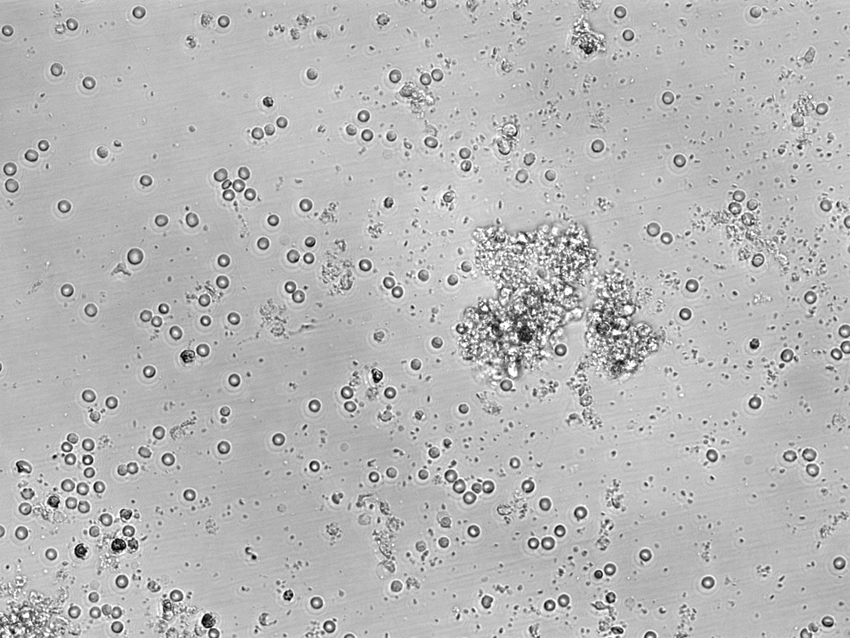🧠TIL therapy for Pediatric Glioblastoma
- 2 mins
During my time as Research Assistant at Kohanbash Lab UPMC Children’s Hospital, I was a part of many projects. One of the project focused on TIL therapy for pediatric glioblastoma, using tumor-derived neoantigens to prime and enhance T cells. Tumor cells were obtained from a mouse model, and TILs were extracted and expanded with IL-2. We assessed T cell cytotoxicity using ELISpot, ELISA, and LDH assays along with flowcytometry and single cell RNA sequence with western blot to check the expression levels and protein presence activation againt the tumor cells. Approximately 12 neoantigens were used in the study. The goal is to improve the effectiveness of immunotherapy in treating pediatric glioblastoma.
Methods: Our approach involves the following methodologies:
Collection of tumor cells from a murine model, followed by dissection and extraction of tumor-infiltrating lymphocytes (TILs).
Expansion of TILs in the presence of IL-2 to enhance their cytotoxic activity and prime them for targeting cancer cells. Application of neoantigens, derived from pediatric glioblastoma tumors, to prime T cells for enhanced anti-tumor responses.
Flow cytometry was used to segregate and assess the effectiveness of T cells based on surface markers, providing detailed insights into T cell subsets and their activation status.Used Flowjo software for data analysis. Single-cell RNA sequencing was performed to analyze the gene expression profiles of individual T cells, offering a deeper understanding of the molecular mechanisms behind their response to tumor cells. Performed Western blot to identify the T cell exhaustion and activation markers presence for proper T cella ctivity against tumor.
Assessment of T cell cytotoxicity using assays such as ELISpot, ELISA, and LDH to measure immune responses and tumor cell killing.
Results: Our team focused on TIL therapy for pediatric glioblastoma, utilizing neoantigens derived from tumor cells to prime T cells for enhanced activity. Tumor cells were extracted from a mouse model, and TILs were expanded in IL-2. Flow cytometry was employed to segregate T cells and assess their effectiveness in response to the neoantigens, while single-cell RNA sequencing revealed detailed gene expression profiles that helped uncover the mechanisms behind their enhanced cytotoxicity. Assays like ELISpot, ELISA, and LDH confirmed that T cells exhibited promising anti-tumor activity, and the use of approximately 12 neoantigens showed significant potential in improving immunotherapy outcomes for pediatric glioblastoma.